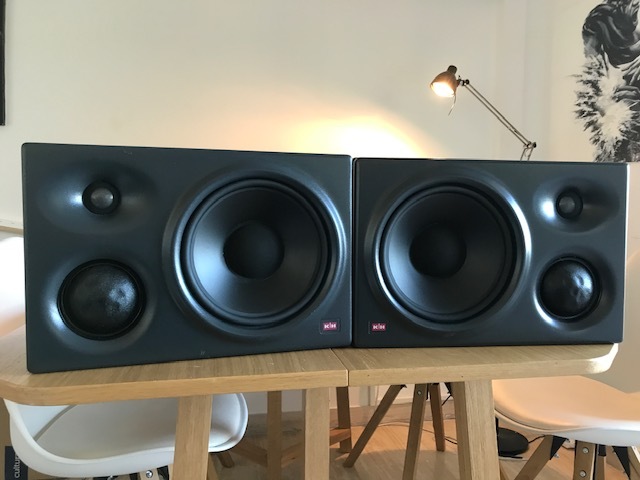I find very difficult to integrate correctly a tweeter that starts acting from 2KHz, due to the linearity problems for most tweeters (usually they get linear above 2.5KHz), not mentioning that this lower frequency may destroy the tweeter if the crossover is not...well, perfectly designed.
I find the 3.5KHz frequency being a more "safe" one when pairing a mid with a tweeter. In the end it's all about what tweeter you can find and how good crossover you can design, although I don't think we should notice any sound differences due to the crossover frequency, of course, if the crossover is perfectly designed and paired with midrange and tweeter drivers.
Yes there are differences because of crossover frequency. The differences are due to off-axis behavior and center-to-center distance of the mid and tweeter.
By crossing at 3.3kHz instead of 2kHz you will get a much more narrow vertical window / smaller angle where the tweeter and mid are in-phase. In other words, the vertical angle where the tweeter and mid go out of phase at the crossover freq becomes much smaller with a higher crossover freq if the distance between the mid and tweeter remain the same.
Secondly, usually the mid driver will have some off-axis drop-off / increased directionality with frequency. The lower the crossover the less directional the mid driver will be and the better it will match the directivity of the tweeter. (this also means a better phase match off-axis again increasing the coherent vertical angle)
Thirdly, there is a psychoacoustic difference in crossover freq. Any errors around the crossover are more objectionable around 3-4kHz than they are around 1-2kHz. It makes sense for several reasons, part of how our ears/brain localize sounds which uses a different system >2kHz than for the mids, and partly because our ears are much more sensitive to the 2-5kHz region with for instance 3.3kHz being the most sensitive region of our hearing. It's easy to test some of this difference too, simply put a notch at 3.3kHz vs a notch at 2kHz or lower and listen to the difference. I find the 3.3kHz notch far more objectionable.
So yes, if you want an easy analogue crossover then you need to select the right tweeter for this, also one that can handle a low crossover. There are plenty available.
With DSP crossovers the fr of the tweeter is less of an issue and one can simply look mostly for low distortion down low (while having a smooth off-axis up high. My favorite tweeter for instance is the BlieSMa T34A-4 it does everything right and you can cross it safely at 1.3kHz).

